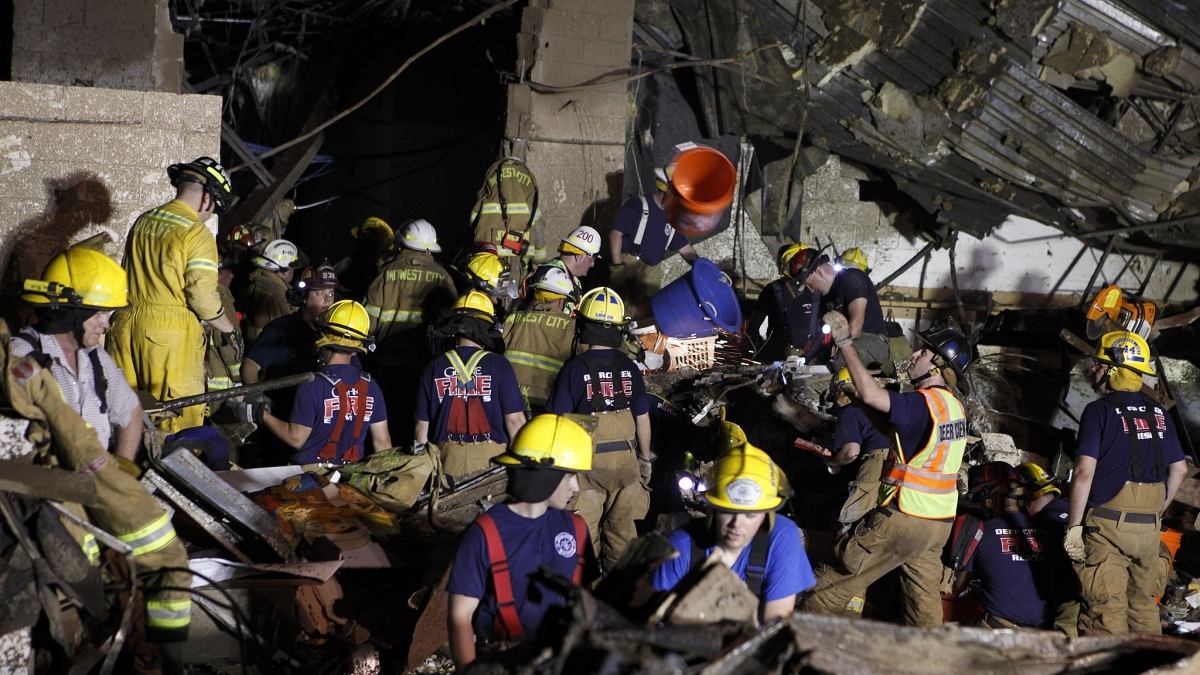On Dec. 10, a tornado roared almost 166 miles across western Kentucky, almost completely destroying the historic town of Mayfield, leveling several restaurants, an indoor soccer facility, a barber shop, automotive business, gym, bank, movie theater, health and rehab center, and many other businesses. The post office, city hall, fire station and police station were also significantly damaged or destroyed.
First responders carefully and methodically searched through twisted piles of rubble. The first 24 hours after a disaster are called the “golden hours,” where injured or trapped victims have an 80% chance of survival if rescued. But there can be many victims over large areas and a limited number of searchers who are specially trained and equipped.
What if the process could be streamlined and sped up?
Zhiang Cheng, an exploration systems design PhD candidate in the School of Earth and Space Exploration, has come up with a system using artificial intelligence and drones to swiftly assess, map and direct searchers to areas most likely to have trapped victims.
“We use drones to map the area after the tornado,” Cheng said. “And then we use AI to estimate tornado damages. From that, we can build a tornado damage heat map. And from the heat map information, we know which areas have higher damage levels and which areas have lower damage. And then we can use this such information to guide search and rescue.”
Machine learning estimates the tornado damages, differentiating between a roof that’s mostly intact from one that’s half-flattened.
Cheng estimates after receiving the drone images from people on site, the map can be built in a few hours.
The next step in his work?
“We are thinking of building a decision support system for this work,” he said.
“If we can combine all this stuff and build a decision support system — like people can click on their phone, or they have their drone images, they can upload their images to our server. Then it will give them a heat map on their phone or on their laptop. And then from that, we can do some analysis, the likelihood of the damage and then also tell them the damage levels.”
Top image: U.S. soldiers and firemen with the Oklahoma National Guard and the Oklahoma Air National Guard participate in recovery efforts after a tornado moved through Moore, Oklahoma, May 20, 2013. Photo courtesy of Wikimedia
More Science and technology

Science meets play: ASU researcher makes developmental science hands-on for families
On a Friday morning at the Edna Vihel Arts Center in Tempe, toddlers dip paint brushes into bright colors, decorating paper fish. Nearby, children chase bubbles and move to music, while…

ASU water polo player defends the goal — and our data
Marie Rudasics is the last line of defense.Six players advance across the pool with a single objective in mind: making sure that yellow hydrogrip ball finds its way into the net. Rudasics, goalkeeper…

Diagnosing data corruption
You are in your doctor’s office for your annual physical and you notice the change. This year, your doctor no longer has your health history in five-inch stack of paperwork fastened together with…


